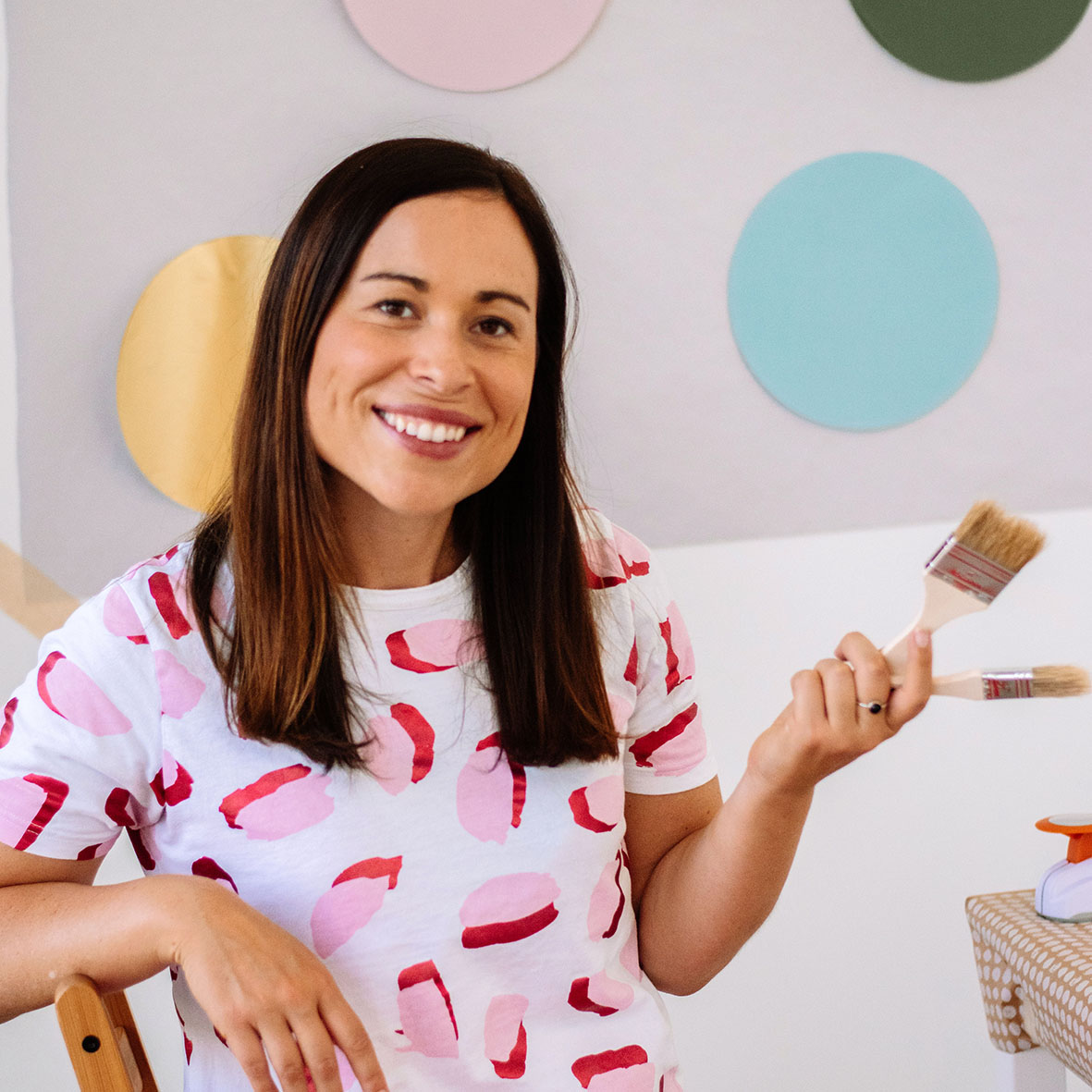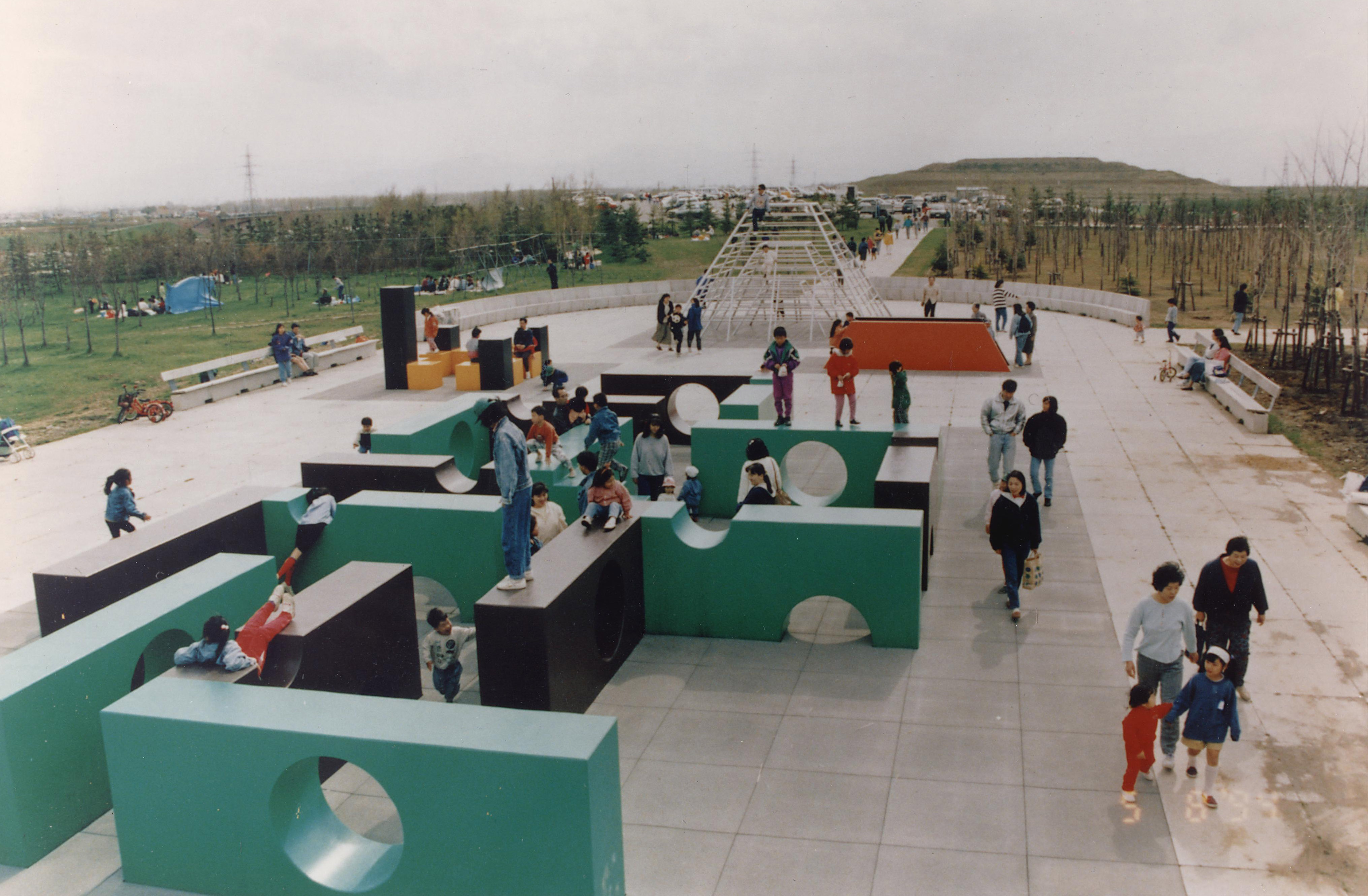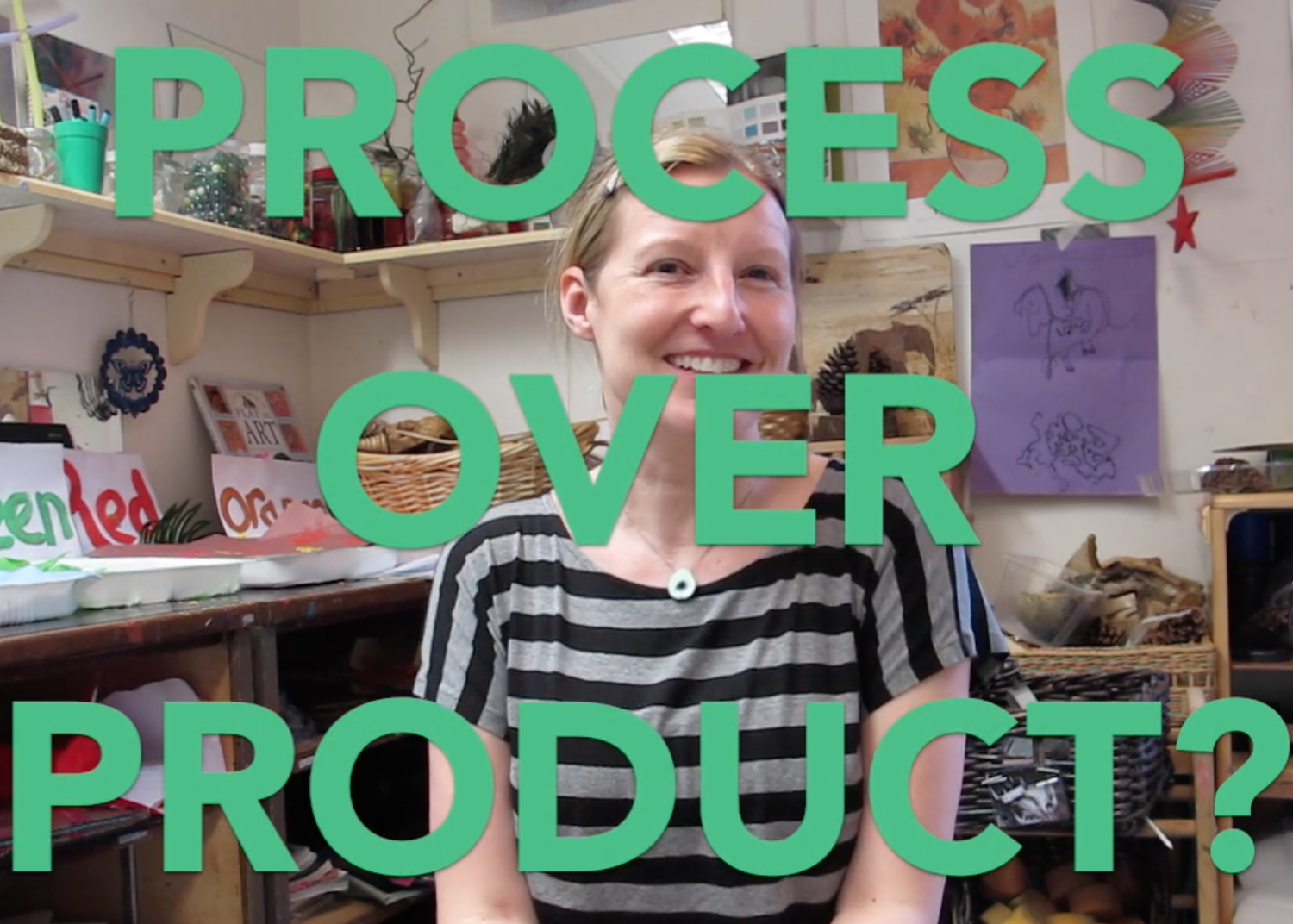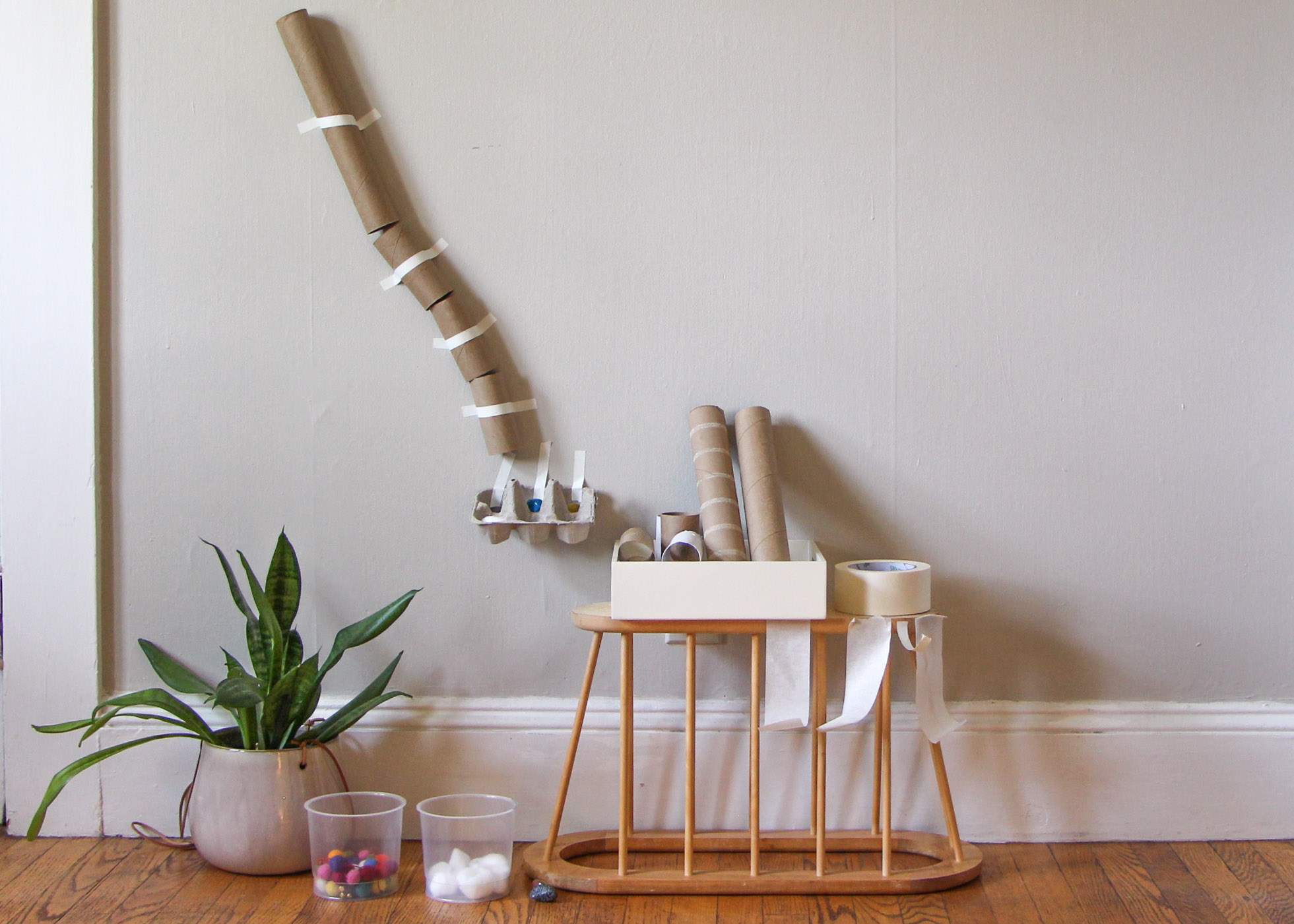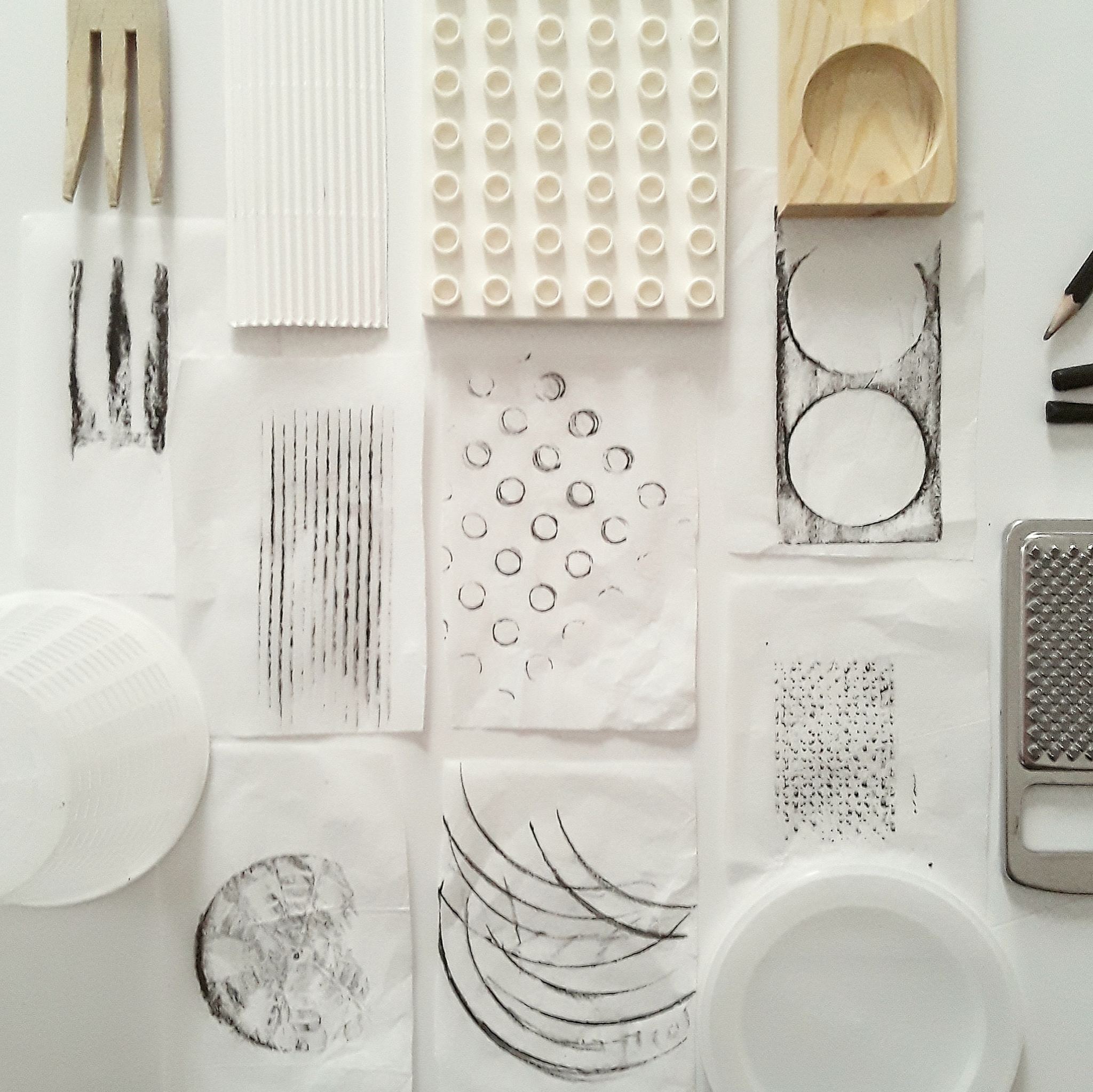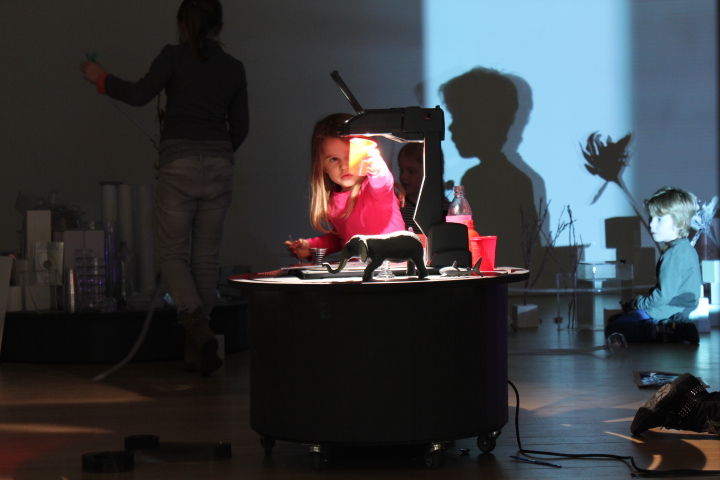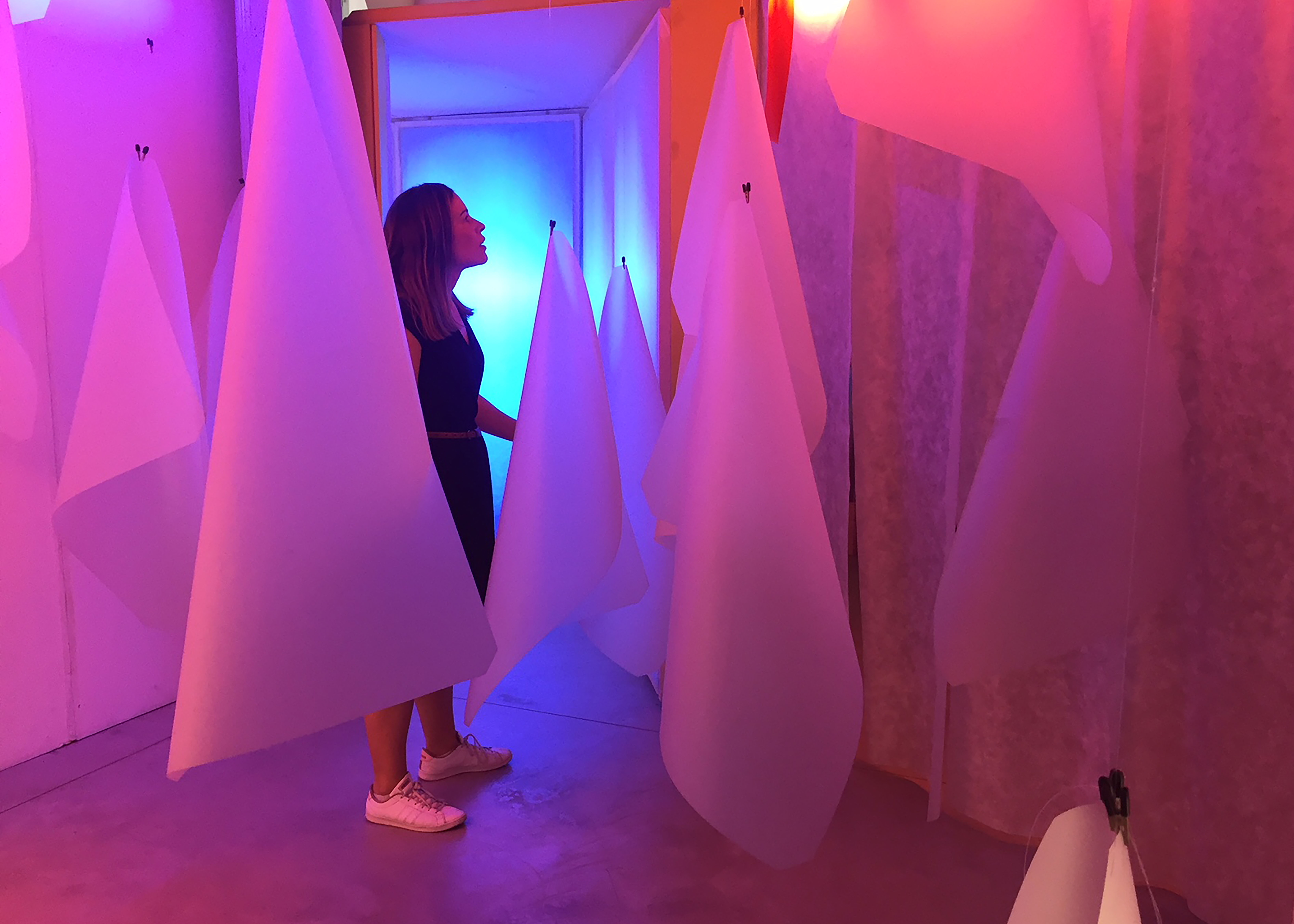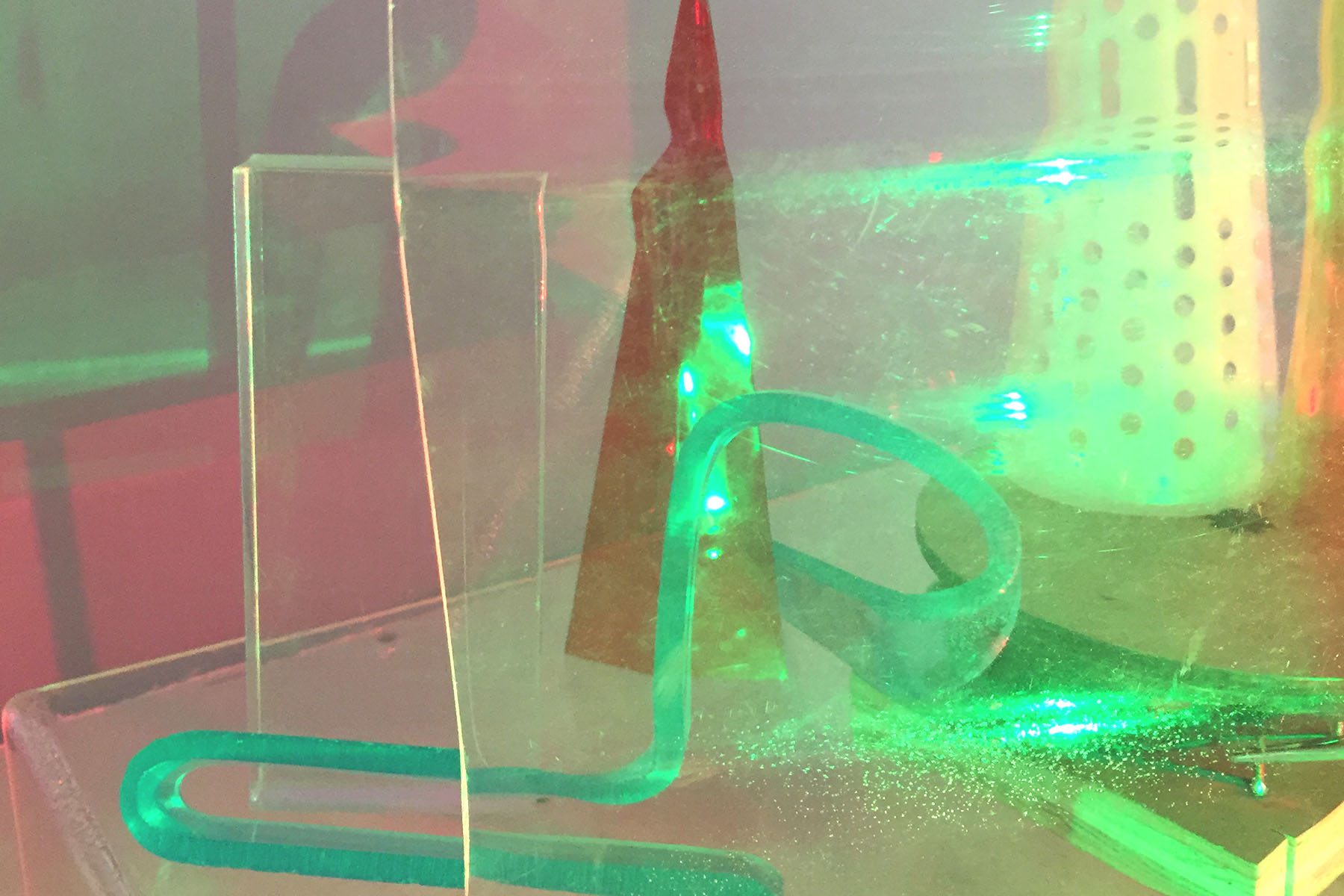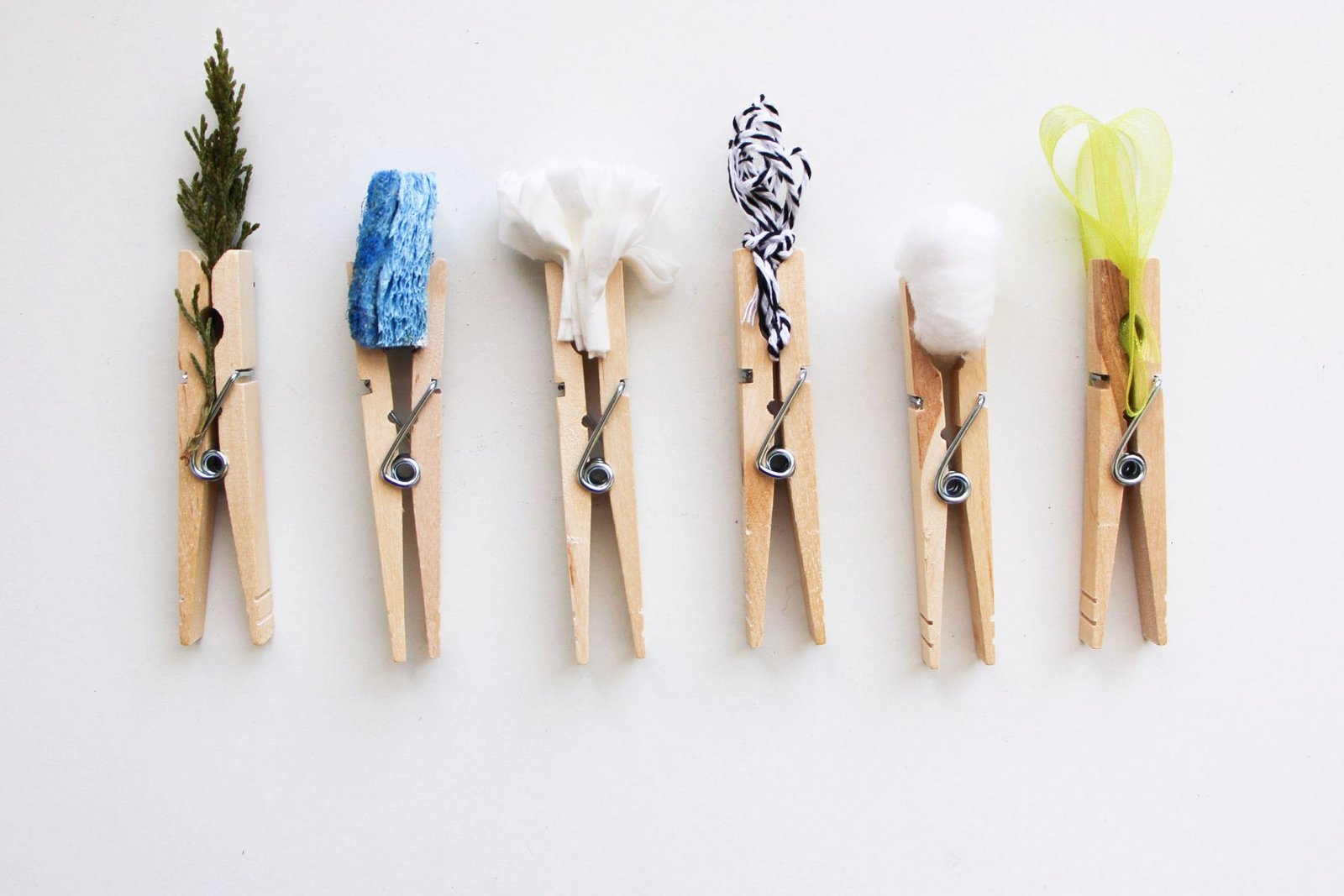Hello, I am Dr. Louisa Penfold! I started Art Play Children Learning back in 2016 as a way to help parents do fun and meaningful art activities with kids. I currently work at Harvard University as a Post-Doctoral Researcher in Early Childhood Education. Check out the video below to hear what Art Play Children Learning is all about… This blog features ideas for how parents can integrate contemporary art into children’s lives. To find your way through the posts, I have created the following five directory sections: Kids art activities Family excursion ideas Tips for parents and teachers Amazing artists and educators Academic research A little about me Aside from nerding out on this blog, I also do some other things. I am originally from Melbourne, Australia but have lived overseas for many years. From 2015-2019 I was based in London while doing my PhD in art education. My doctoral research looked at…
Froebel’s Gifts and Isamu Noguchi’s Playgrounds
The folks at 99% Invisible have created some fab new podcasts and articles on the relationship between children, play and the material world. And because I am a massive nerd, I have created summaries of them to share with you! I highly recommend listening to the podcasts (links are included below) as they are entertaining, well-researched and only around 25-minutes long. Isamu Noguchi (design) and Shoji Sadao (architect). Moerenuma Park, Sapporo Japan. 1988-2004. ©The Isamu Noguchi Foundation and Garden Museum, New York / ARS Play Mountain: A podcast on the work of playground designer Isamu Noguchi Isamu Noguchi (1904-1988) was a Japanese-American sculptor, designer and landscape architect. After working for numerous years as a sculptor in New York, he came up with the idea to construct a ‘playground’ that had no rules or obvious way to play in it. Instead of having swings and slides, Noguchi wanted to the playground to…
An interview with artist Lorna Rose
This post features a video interview with artist Lorna Rose. She talks about her approach to creative learning, like the importance of flexibility, multiculturalism, and inclusivity in education. We live in a world of great cultural, social, and political diversity. As the great art educator Maxine Greene said, the arts play an integral role in the growth of social cohesion by encouraging children to empathize with others from different background. This week I spent two days at the Lillian de Lissa Children’s Centre & Nursery in Birmingham (UK) working alongside their artist-in-residence, Lorna Rose. 90% of the children attending the nursery are from an ethnic minority, over half speak English as a second language. Of the 90 children in attendance, 28 languages are spoken! The nursery’s vision is for children to leave the center with a sense of curiosity about the world. Lorna Rose has been working as the artist-in-residence at the centre for over…
Make a marble run
Marble runs are a classic kid’s activity, you may even remember making them yourself at preschool using pre-constructed wooden tracks! I love marble runs because kids can use their imagination, and problem-solve while unknowingly learning about concepts such as motion, gravity and force. This blog post shares how you can make your own marble run at home using recycled materials! Age range: 18 months + please note that marbles can be choking hazards for little kids Preparation time: 10 minutes What you need Cardboard rolls (toilet paper rolls work great)Recycled materials such as fruit packaging and yogurt containersMasking or painter’s tapeScissorsBowl or basket Marbles or marble alternatives such as cotton balls, pasta shells, felt balls or polystyrene ballsA blank wall or window Setting up the activity A marble run aims to keep the marble in motion for as long as possible. To start, use the tape to stick the first…
Make rubbings, gloop, and fluffy paint
Image by Laura Fantini With the international lockdown continuing, thinking of things to do at home can be tough! This post features three kids art projects you can do at home: Exploring surfaces around the house (and make rubbings of them)Messy play with gloop Experimentation with fluffy paint All three of these ideas were uploaded to Instagram as part of the #quarantineplayideas hashtag. In this, people share simple and creative activities that families can do at home. Exploring surfaces around the house by Laura Fantini Image by Laura Fantini The first activity I am sharing is by Laura Fantini. Laura works as an Atelierista in early childhood centres in Reggio Emilia, Italy. Laura’s approach is based on supporting children’s curiosity and artistic skills that then allow them to engage in different expressive ‘languages.’ Laura studied visual art at Bologna University and loves to experiment, learn and share. She is constantly inspired…
The ‘Atelier van Licht’ at the Centraal Museum, Utrecht
This post features a reflection on my visit to the Atelier van Licht at the Centraal Museum in Utrecht, The Netherlands. The Atelier was being presented as part of the museum’s Nice’n’Light exhibition that ran from 17 October 2015 – 24 January 2016. Above: Atelier van Licht at Stedelijk Museum, Amsterdam. Image credit: Atelier van Licht A creative space for children’s play and experimentation with materials Back in February 2016, I travelled to the Netherlands to meet with Annemieke Huisingh, the founder of the wonderful Atelier van Licht. I was interested in learning more about the Atelier’s approach to designing children’s material-based creative learning environments. At the time, the Atelier (which is another word used to describe an artist’s studio) was on display at the Centraal Museum in Utrecht as part of a contemporary art show that was exploring artist’s experimentation with light. The Atelier had been designed for children of all ages…
Reggio Emilia’s art studio ‘ateliers’ for children
Earlier this month I was fortunate enough to visit the Loris Malaguzzi centre in Reggio Emilia. I was interested in learning more about the early childhood philosophy’s approach to children’s creativity, art and learning with materials. This post shares key ideas around the role of the ‘atelier’ in the Reggio Emilia approach. I also discuss my reflections on the Ray of Light atelier space at the centre. “Tools and materials make it possible for children to have experiences in which their thinking takes on different forms” (Dahlberg & Moss, 2010) The Atelier – a space for children’s creative experimentation Educators from Reggio Emilia often talk about the unpredictable nature of learning in which knowledge is formed through unexpected relationships and new connections. This understanding challenges the idea that education is a linear process of development. In Reggio Emilia preschools, the atelier is a creative studio for young children’s imagination, expression and experimentation that…
How to support children’s creativity at home
I talk a lot about the importance of creativity and materials in children’s learning on this website. Most of the posts I have previously written have been aimed at teachers and creative professionals working with children. However, parents also play an important role in supporting children’s learning. To be honest, nearly every parent I have met has been incredibly interested in hearing about what they can do to help to support their child’s creativity. So, I have decided to start writing some posts especially for parents. Kicking off with this one. I have put together five hot tips for supporting children’s creativity with materials. These ideas build on a podcast I recently did for ‘Rial Talk .In the podcast I talk about the importance of art and children’s play with materials in education. More specifically, I argue that both art and materials play a critical role in encouraging creativity as they…
Make your own paintbrushes
Have you ever tried creating your own art tools? It is a fun art activity to do. Many artists including Gerhard Richter, Jackson Pollock and Willem de Kooning are famous for making their own tools for painting! This post shares how you, and your kids, can make your own paintbrushes using pegs and other items from around the house. This activity is great as it allows kids to experiment with different designs, surfaces and textures so there are lots of opportunities for creativity and problem-solving. Age range: 18 months + Preparation time: 10 minutes What you need Large clothespins/pegsScissorsPaint (homemade edible paint is a great option for babies and toddlers)PaperHousehold materials such as cotton pads, dishcloth, paper towel, tissue paper, bubblewrap, aluminum foil, leaves, ribbons, string, feathers, flowers and pom-poms. Making your DIY paintbrushes Step One: Collect your household materials and cut them into small enough pieces so they can…


